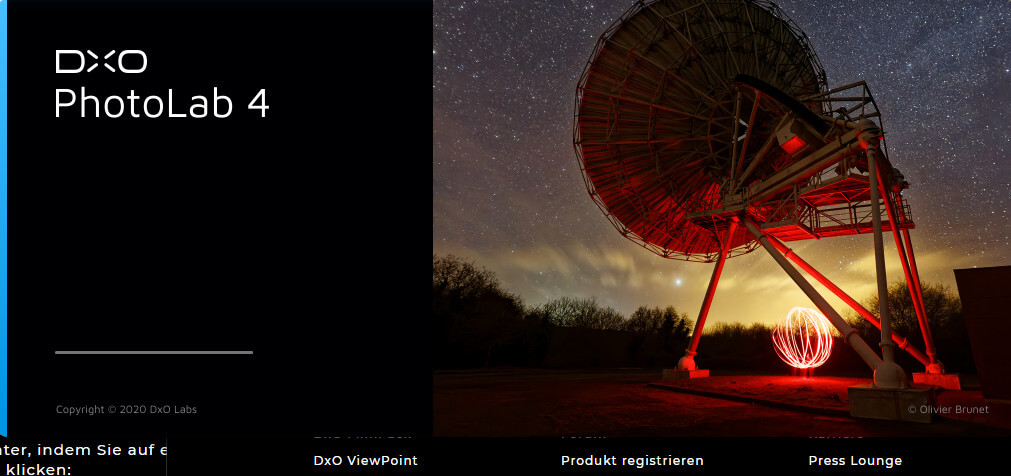
The software recreates the hues, saturation, contrast, and grain of 84 authentic analogue films, including Kodak’s Tri-X 400, Polaroid 690, Ilford HPS and Fujifilm Superia.ĭxO FilmPack 6 provides users with a true journey through time, offering an introduction to the history of analogue photography. It features a wide array of new effects as well as a feature known as Time Machine, basically an interactive introduction to the history of film photography.ĭxO FilmPack reproduces the grain and colours of legendary analogue films as closely as possible, thanks to an exclusive calibration process perfected in its laboratories. This latest version of FilmPack introduces new films, cinematographic renderings and support for X-Trans RAW files (Beta). This is currently in beta, so DxO welcomes any feedback, that can be submitted via its website:


For the first time ever, DxO PhotoLab 5 now supports Fujifilm X-Trans sensor cameras. SUPPORT FOR FUJIFILM X-TRANS SENSORS (BETA)įinally, there’s great news for the Fujifilm community. These improvements are available to everyone but will be up to four times faster for those who are Apple Silicon Mac users and 1.5 times faster on the best Windows machines. The deep-learning approach of DxO PhotoLab 5 and DeepPRIME in particular has been significantly optimised in terms of reactivity as well as processing and export times. With deep learning, DeepPRIME instead takes a holistic approach that combines the two steps into one, thereby delivering much improved results.

Traditionally, these two operations have been carried out separately, each of course with the potential to introduce flaws that adversely affect the quality of the other. This dramatically improves digital noise reduction while ensuring more efficient demosaicing. Trained by deep learning methods using millions of images analysed in DxO laboratories over the past 20 years, DeepPRIME technology is utilising AI to develop RAW files. In addition, this new version optimises the software’s photo library management tools by reorganising them. It also includes advanced means of keyword prioritisation via an interactive tree structure. PhotoLab 5 now processes IPTC and EXIF data and third-party application synchronisations.

It’s not a feature I’ve seen before and it makes masking an area effortless and precise. Photographers can easily adjust the effect of their edits based on the luminance and chrominance of the targeted areas. To make them even more precise, Control Lines and Control Points are now equipped with sensitivity settings. This new tool complements the technology’s existing Control Points by allowing users to carry out touch-ups on large areas with an easy-to-use selection method. DxO is further advancing what are considered to be the most efficient and intuitive local retouching and adjustment technologies available by adding a second type of pointer: Control Lines.


 0 kommentar(er)
0 kommentar(er)
